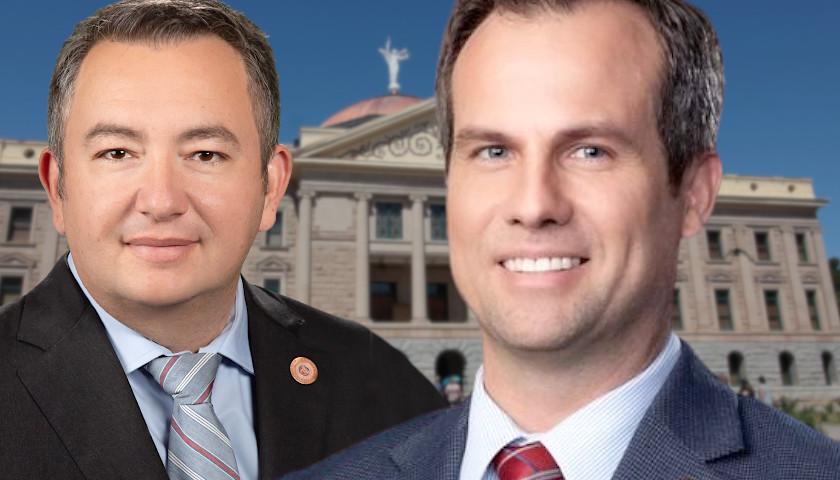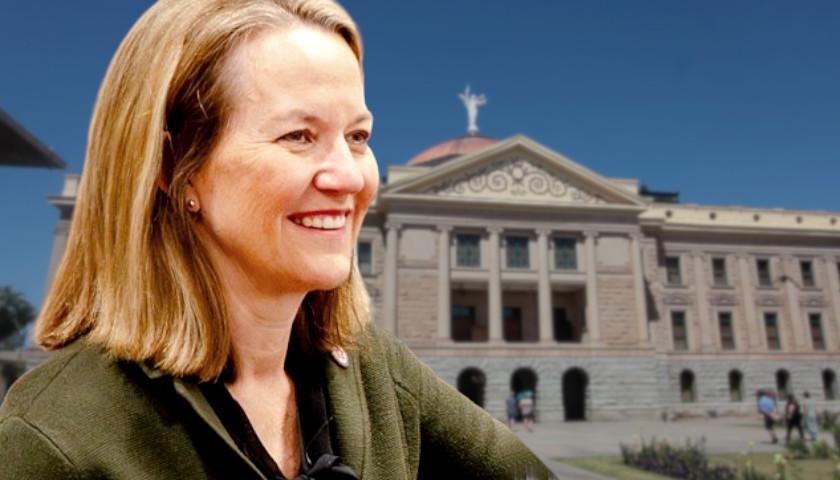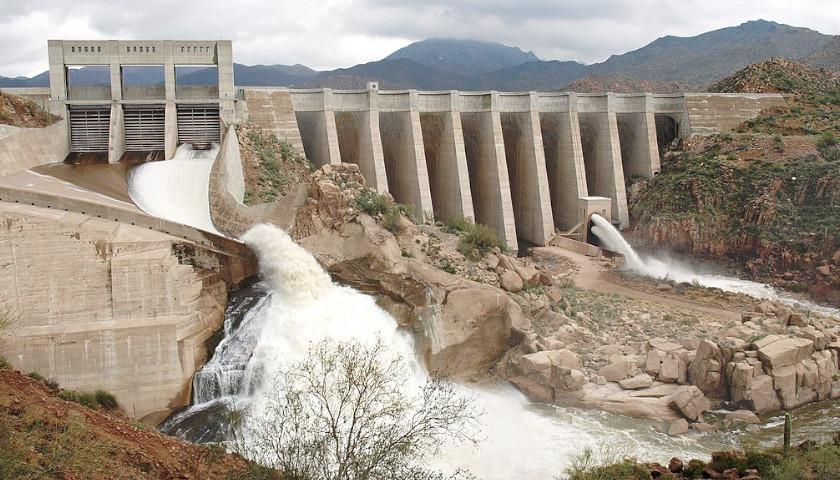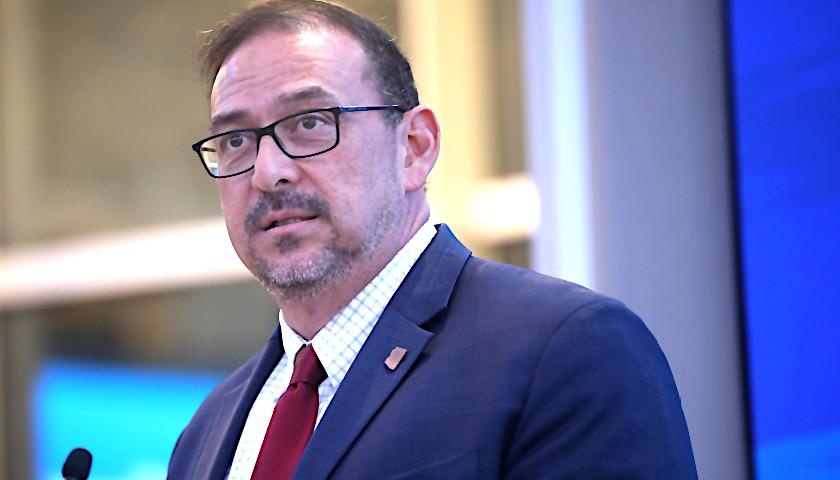Arizona House Speaker Ben Toma (R-Peoria) and Senate President Warren Petersen (R-Gilbert) announced Tuesday that members of both houses will collaborate in a new ad hoc committee relating to the state’s water supply.
“The availability of water for the success of all industries in our state is critical to our economy,” said Speaker Toma. “Strengthening our existing water resources while we secure our future water supply is a top priority as we work to achieve common-sense solutions for our state. We need to study all issues related to water carefully and work to identify any remaining issues that need to be resolved.”
🚨FOR IMMEDIATE RELEASE🚨
House & Senate Leaders Announce Joint Legislative Water Committee to Strengthen Existing Water Supplies & Secure Our Water Future. 💧
READ MORE 👉 https://t.co/gDWOjWExzS@AZHouseGOP @AZSenateGOP @RepBenToma @votewarren @SineKerr pic.twitter.com/gr6lajqKRR
— Arizona House Republicans (@AZHouseGOP) April 11, 2023
The group is titled the Joint Legislative Study Committee on Water Security. Currently, it has State Representative Gail Griffin (R-Hereford) and State Senator Sine Kerr (R-Buckeye) as co-chairs. Three more bipartisan members of both houses will be assigned to the committee. Toma and Petersen will appoint those members at a later time.
The committee will be responsible for holding meetings, which will accept testimony from water users, stakeholders, and members of the public. The goal is to take comments and conduct research on all aspects of Arizona’s water supply, including conservation efforts, challenges in improving the supply, the state’s funding framework for water storage, and public solutions to enhance water security, among other issues.
“Unlike other ‘top-down’ efforts, this Ad Hoc Committee on Water Security will enlist the participation of actual water users to find collaborative water management solutions,” said Kerr.
The lawmakers are then responsible for creating a report of their findings and presenting it to Toma and Petersen by or before December 31st, which will be used to guide future legislation. The Arizona House Majority Caucus spokesperson told The Arizona Sun Times via email that the exact date this committee will start is currently unknown.
“Arizona must take an ‘all of the above’ approach to water and find a balance that protects private property rights while promoting the interests and economy of the state,” said Griffin. “This includes urban and rural, augmentation and conservation, and surface and groundwater, not to mention residential, commercial, industrial, and agricultural users and property rights across all land types. I appreciate Speaker Toma for affording the opportunity to explore this issue and for making water a top priority in this legislative session.”
As for Arizona’s current water supply, some of the state’s largest reservoirs are full from recent rain storms and melting snow. The Salt River Project had to start releasing water from some dams to make room for Spring runoff water. This water reportedly finds its way into underground aquifers so it does not go to waste.
However, the federal government may further restrict Arizona’s access to the Colorado River. As reported by AZ Family, the Bureau of Reclamation (BOR) shared that it is giving three solutions to slashing the amount of river water used by basin states to prevent Lake Powel and Mead from further declining and jeopardizing the use of hydraulic power to provide electricity. Two solutions involve cutting 2.1 million acre-feet, roughly 684 billion gallons of water, from basin states. In one solution, major cities like Phoenix or Los Angeles would take the brunt of the cuts, while in the other, cuts would be spread evenly across all entities using river water, including cities, farmers, and tribes. The third option is to make no changes and continue the current course.
BOR shared that the complete draft of its proposals will be published on April 14th in the Federal Register, and comments on the proposal can be submitted through May 30th.
– – –
Neil Jones is a reporter for The Arizona Sun Times and The Star News Network. Follow Neil on Twitter. Email tips to [email protected].
Background Photo “Arizona Capitol” by Gage Skidmore. CC BY-SA 2.0.








